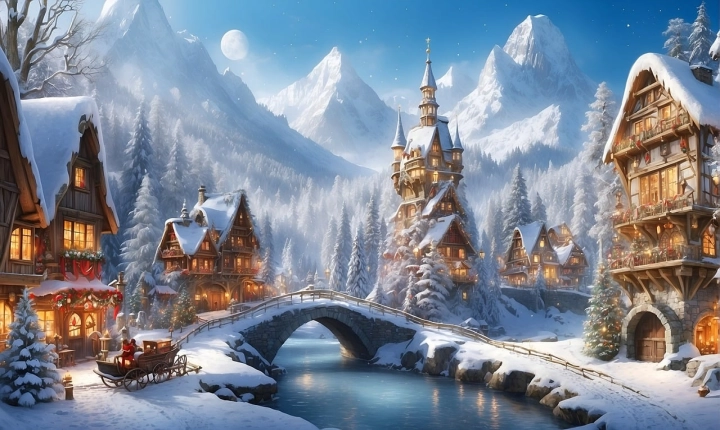Title: How to Code an AI Art Generator: A Step-by-Step Guide
Artificial intelligence has made significant strides in the field of creative expression, particularly in the realm of art generation. AI art generators use algorithms to create unique and compelling artworks, often mimicking the style of famous artists or producing entirely original pieces. In this article, we will explore the process of coding an AI art generator, providing a step-by-step guide for developers interested in delving into this exciting and innovative area of AI.
Step 1: Define the Project Scope and Objectives
Before delving into the coding aspect, it is essential to define the scope and objectives of the AI art generator project. Determine the type of art the generator will produce, whether it be paintings, drawings, or other forms of visual art. Consider the target audience and the overall purpose of the AI art generator. Understanding these foundational elements will provide a clear direction for the coding process.
Step 2: Choose a Programming Language and Framework
Selecting the right programming language and framework is crucial for the successful development of an AI art generator. Python is a popular choice due to its extensive libraries for machine learning and image processing, such as TensorFlow, PyTorch, and OpenCV. These libraries provide the necessary tools for training and deploying machine learning models, which are integral to the functioning of an AI art generator.
Step 3: Collect and Prepare Training Data
Training data is fundamental to the creation of an AI art generator. Gather a diverse collection of artwork, including pieces from renowned artists as well as a variety of styles and genres. Preprocess the data by resizing, normalizing, and augmenting the images to ensure consistency and improve the accuracy of the machine learning models.
Step 4: Implement Machine Learning Models
Develop and implement machine learning models that will form the backbone of the AI art generator. Convolutional Neural Networks (CNNs) are often used for image-based tasks, making them suitable for generating art. Experiment with different architectures and hyperparameters to optimize the performance of the models. Train the models using the prepared training data, leveraging techniques such as transfer learning for efficient model training.
Step 5: Incorporate Generative Adversarial Networks (GANs)
Generative Adversarial Networks (GANs) are a powerful tool for generating art and images. GANs consist of two neural networks, a generator and a discriminator, which are trained simultaneously to produce realistic and visually compelling artworks. Incorporate GANs into the AI art generator to enable the generation of visually striking and diverse art pieces.
Step 6: Integrate User Interface and Interactivity
Consider the user experience by integrating a user interface that allows users to interact with the AI art generator. Develop a user-friendly interface that enables users to input preferences, such as style, color palette, or subject matter, influencing the generated artworks. This interactivity enhances user engagement and provides a more personalized art generation experience.
Step 7: Test and Refine the AI Art Generator
Testing the AI art generator is crucial to ensure the quality and reliability of the generated artworks. Evaluate the generated images for visual fidelity, artistic coherence, and adherence to user input. Collect feedback from users and iterate on the AI art generator to refine its performance and output quality.
Step 8: Deploy and Scale the AI Art Generator
Finally, deploy the AI art generator to make it accessible to a wider audience. Consider the scalability and performance of the generator to accommodate increased usage. This may involve deploying the AI art generator as a web application, leveraging cloud services for scalability, or optimizing the underlying infrastructure to handle the computational demands of art generation.
In conclusion, coding an AI art generator is a multi-faceted endeavor that combines elements of machine learning, image processing, and user interface design. By following the steps outlined in this guide, developers can embark on the exciting journey of creating their own AI art generator, contributing to the intersection of technology and creative expression. The potential for AI art generators to democratize artistic creation and inspire new forms of visual art is truly remarkable, making this a compelling area for innovation and exploration in the field of artificial intelligence.
